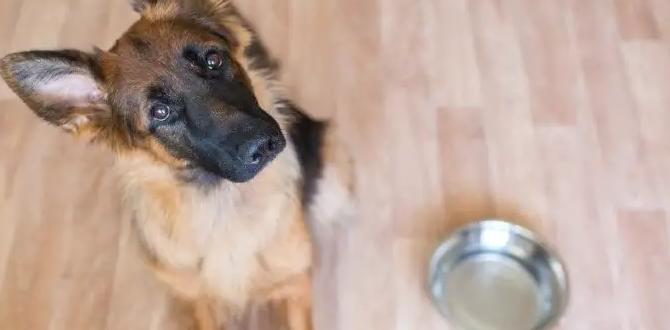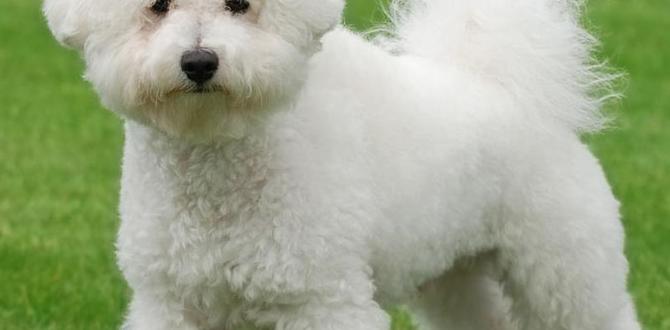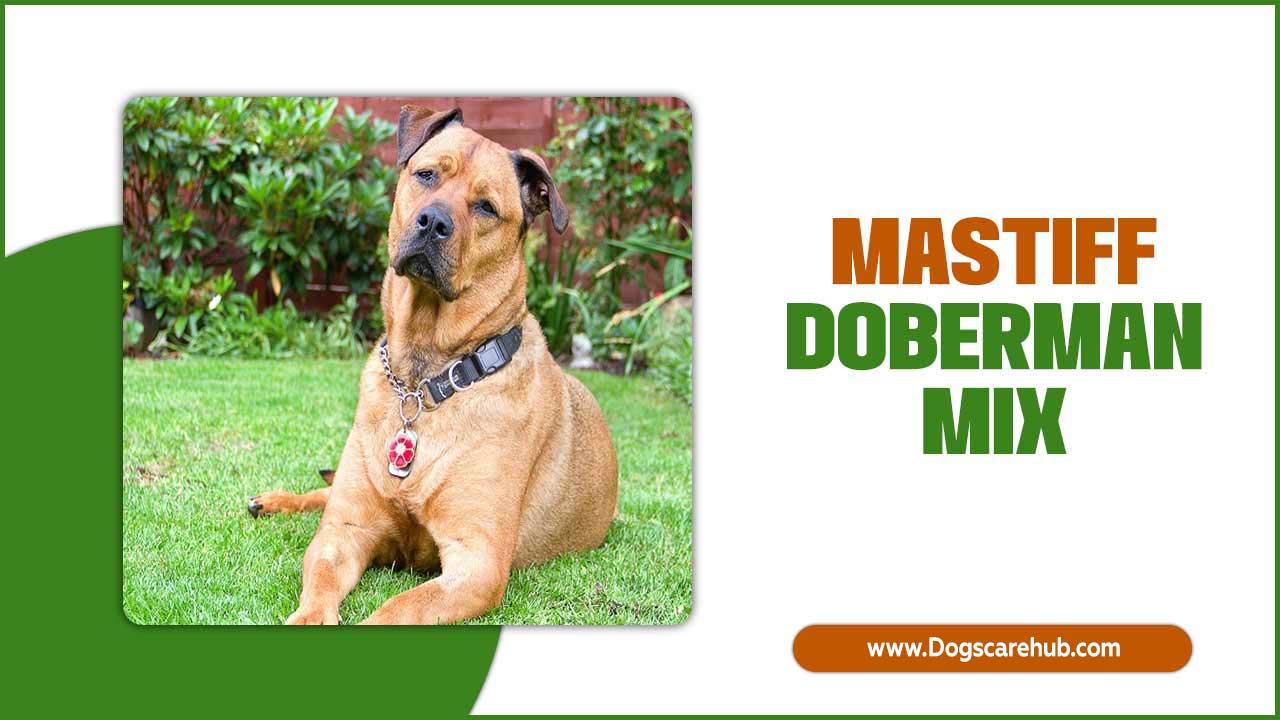Understanding Dog Marking Territory: An Easy Step-by-Step Guide
Dog marking territory is a natural and common behavior for our canine companions. While it might seem perplexing or even inconvenient to us humans, it’s a fundamental way dogs communicate and establish their presence within their environment. Understanding this innate drive is the first step to managing it effectively. This comprehensive guide will walk you through why dogs mark, how to identify it, and most importantly, provide easy dog marking territory step-by-step solutions for your home and beyond.
Why Do Dogs Mark Their Territory?
At its core, territorial marking in dogs is about communication. Urine, and to a lesser extent, feces, are laden with pheromones and other scent signals that convey a wealth of information to other dogs. These messages can include:
Identity: Revealing who the dog is, their sex, and even their reproductive status.
Presence: Announcing “I was here” to other dogs.
Emotional State: A dog’s scent can also signal their mood, such as excitement, anxiety, or fear.
Social Hierarchy: For intact males, marking can be a way to signal dominance and advertise their availability to females.
Security: In new or unfamiliar environments, dogs may mark to make the area feel more familiar and secure.
Anxiety or Stress: Sometimes, excessive marking can be a sign of underlying stress, fear, or even boredom.
It’s crucial to differentiate between actual marking and accidental urination due to a lack of housetraining or medical issues. Marking typically involves smaller amounts of urine deposited on vertical surfaces, often in a specific pattern.
Identifying Dog Marking Territory Behavior
Recognizing when your dog is marking versus having an accident is key to addressing the issue. Here are some common signs to look out for:
Tiny amounts of urine: Unlike a full bladder release, marking usually involves a small squirt or dribble of urine.
Vertical surfaces: Dogs often lift their leg or squat on objects like furniture legs, walls, bushes, fire hydrants, or even other dogs.
Repetitive nature: A dog might return to the same spot multiple times to re-mark.
Inappropriate locations: Marking can occur indoors or outdoors in places that aren’t designated potty areas, especially when new scents or dogs are introduced.
Behavioral cues: You might observe your dog sniffing intently at a spot, circling, or exhibiting a stiff posture before or during marking.
Dog Marking Territory Step-by-Step Management Plan
Addressing territorial marking requires a multi-faceted approach that tackles the root cause and alters the dog’s behavior. Here’s a breakdown of how to manage it:
Step 1: Rule Out Medical Issues
Before assuming territorial marking, a visit to your veterinarian is essential. Urinary tract infections (UTIs), bladder stones, kidney disease, diabetes, and even behavioral issues like anxiety or cognitive dysfunction can lead to inappropriate urination that mimics marking. Your vet can perform a thorough examination and urinalysis to rule out any underlying health problems.
Step 2: Address Housetraining Deficiencies
If your dog is still having accidents indoors, the problem might stem from incomplete housetraining.
Consistent Potty Breaks: Take your dog outside frequently, especially after waking up, after meals, and after play sessions.
Positive Reinforcement: Lavishly praise and reward your dog with treats and affection immediately after they eliminate in the correct spot.
Supervision: Keep a close eye on your dog indoors. If you see them starting to sniff or circle, interrupt them gently and take them outside.
Crate Training: A crate can be a valuable tool. Dogs are naturally reluctant to soil their sleeping area, which can help them learn bladder control.
Step 3: Understanding and Modifying Indoor Marking
When indoor marking occurs, it often relates to emotional triggers or disruptions:
Identify Triggers: Has there been a new pet introduced? Have visitors been over? Are there new furniture items with unfamiliar scents? Understanding the trigger is crucial.
Thorough Cleaning: It’s vital to eliminate the scent completely. Use an enzymatic cleaner specifically designed for pet stains. These cleaners break down the organic matter in urine, preventing your dog from being drawn back to the spot by its scent. Standard household cleaners may not be sufficient.
Restrict Access: If marking is occurring in specific rooms or on certain furniture, restrict your dog’s access to those areas when unsupervised. Baby gates or closed doors can be effective.
Management When Alone: If marking happens when you’re away, consider crate training or confining your dog to a designated, easily cleaned area with their bed and toys.
Surface Modification: For persistent vertical marking on furniture legs or walls, consider temporarily covering the areas with materials that are less appealing for marking, such as foil or double-sided tape.
Step 4: Managing Outdoor Marking
Outdoor marking is even more complex, as your dog is interacting with the scent messages of other animals.
Leash Control: Keep your dog on a leash during walks, especially in areas where other dogs frequent. Gently redirect them away from highly scented spots.
Increase Exercise and Mental Stimulation: A bored or under-stimulated dog is more likely to engage in marking behavior. Ensure your dog is getting enough physical activity and engaging mentally with puzzle toys or training exercises.
Socialization: Properly socialized dogs tend to be more confident and less prone to insecurity-driven marking.
“No-Marking” Spray: While not a complete solution, some owners find success using commercially available “no-marking” sprays on outdoor objects their dog frequently targets. These sprays often contain scents that are unappealing to dogs.
Step 5: Consider Neutering or Spaying
For intact male dogs, neutering can often significantly reduce or eliminate marking behavior. The removal of testosterone reduces the urge to mark for dominance and to signal sexual availability. For intact females, spaying can also have a positive impact on urine-related behaviors. While it might not completely stop marking, it can alter the scent signals in a way that reduces the drive to mark.
Step 6: Positive Reinforcement and Consistency
Patience and consistency are paramount. Every interaction should reinforce the desired behavior. Reward calm behavior, successful potty breaks, and disinterest in marking spots. Avoid any form of punishment when a dog marks, as this can increase anxiety and lead to more marking or other behavioral problems.
By understanding the nuances of dog marking territory and implementing these dog marking territory step-by-step strategies, you can create a more harmonious environment for both you and your canine companion. Remember, training takes time and dedication, and celebrating small victories will help you on your journey to a well-behaved pet.
Meet Elyse Colburn, the devoted canine companion and storyteller behind the enchanting world of “Tales, Tails, and Adventures Unleashed.” A passionate dog enthusiast with a heart full of paw prints, Elyse Colburn shares heartwarming tales and insightful adventures, celebrating the joy, loyalty, and endless antics that make every dog a true hero. Join Elyse Colburn on this tail-wagging journey, where every post is a love letter to our four-legged friends.






